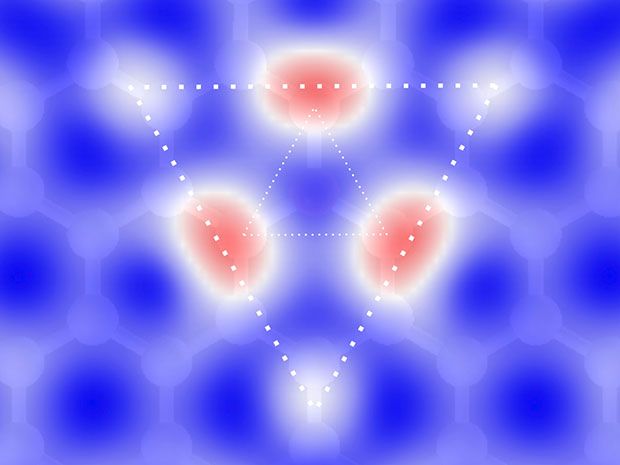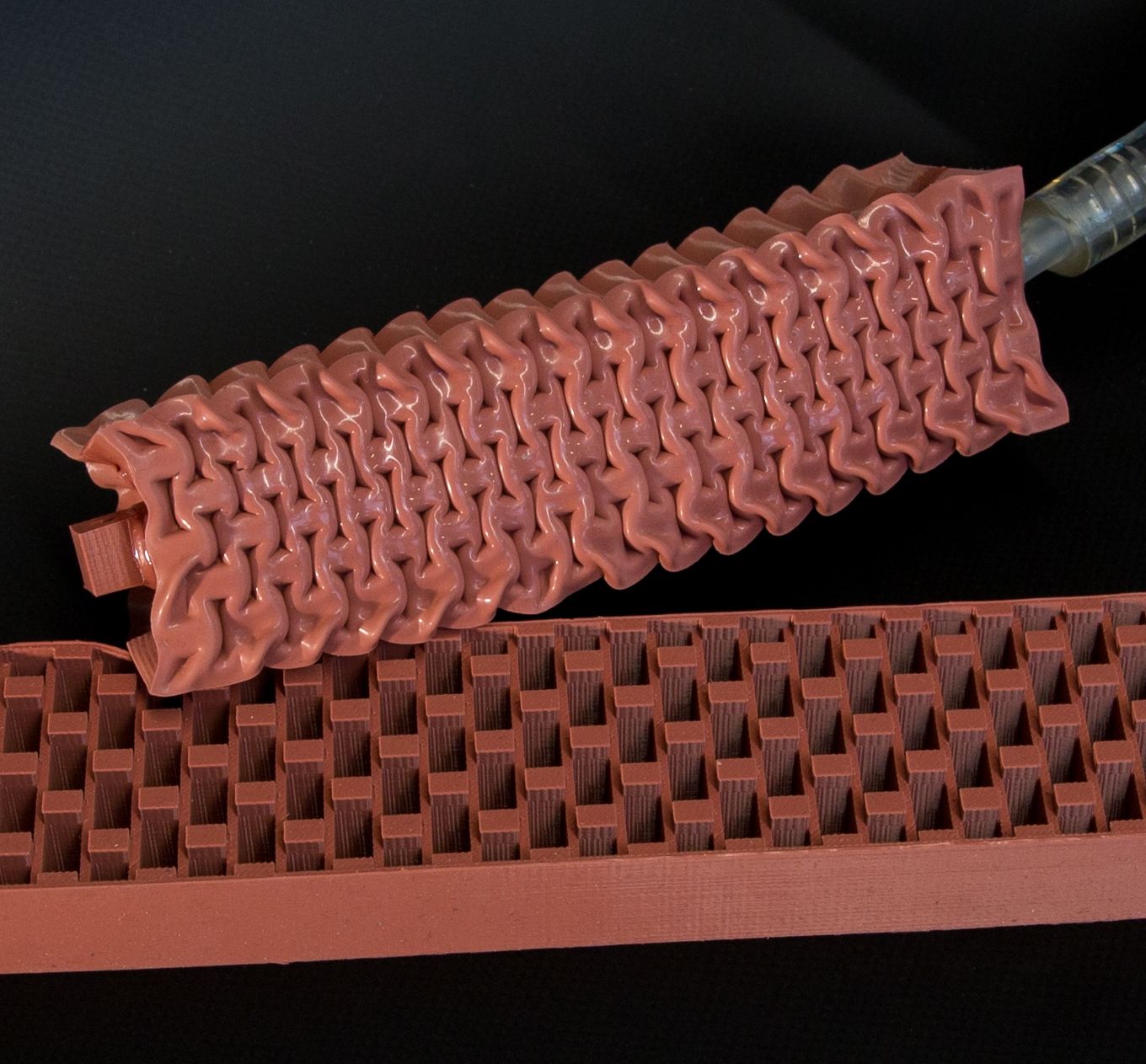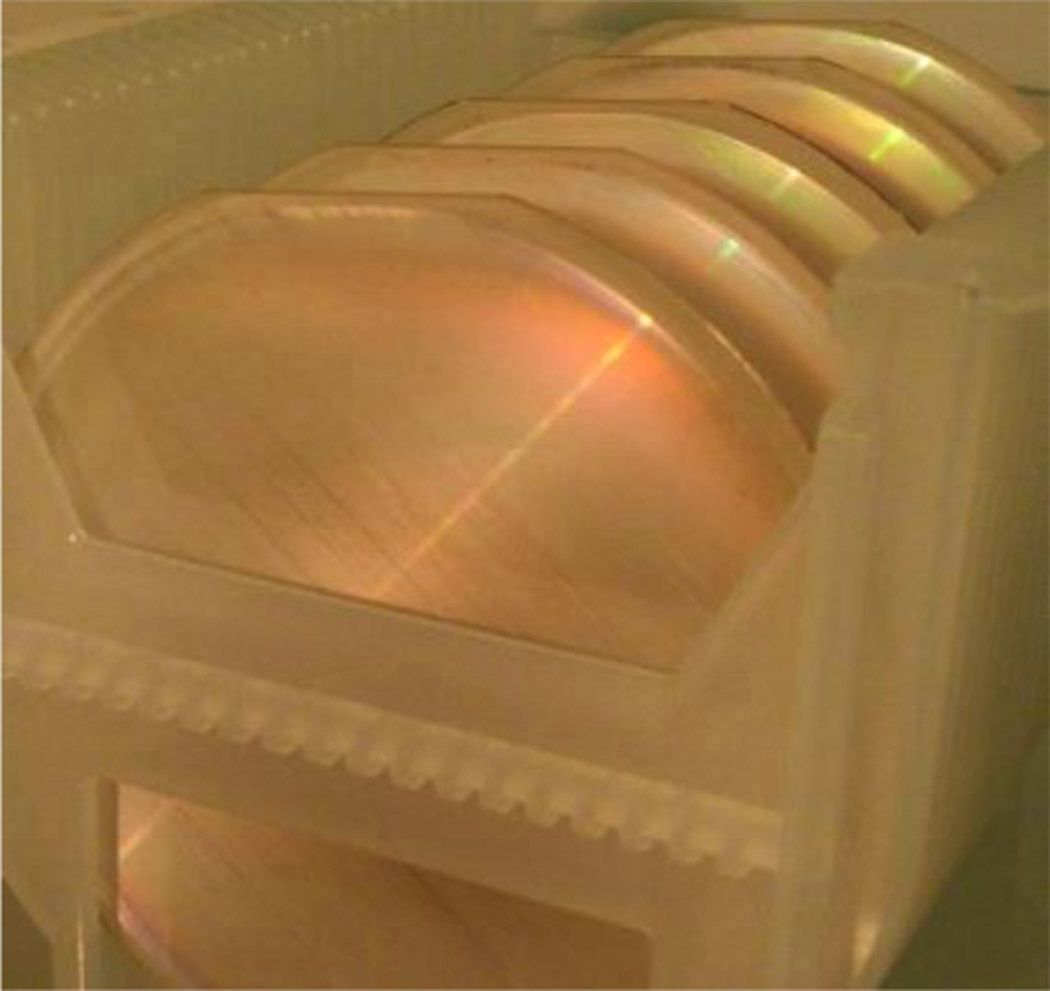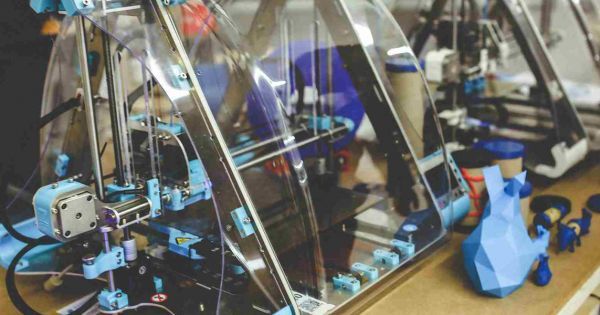Archive for the ‘materials’ category: Page 278
Jun 7, 2016
Physicists Manage To Slow Down Light In A Vacuum
Posted by Andreas Matt in categories: materials, physics
The fact that the speed of light in a vacuum is a constant is one of the cornerstones of physics, but scientists from the Philippines were able to add a twist to this tenet. And I mean it literally!
By changing how some light beams rotate, the researchers from the National Institute of Physics were able to slow down light in a vacuum. The physicists used circularly symmetric light beams, known as Laguerre-Gauss beams, to change the way light twists around itself. Suddenly, the light beams were propagating more slowly.
The speed of light varies when it moves through different materials, and it does so at the expense of accuracy in transmitting information. For this reason, more and more people are interested in ways of manipulating the speed of light without affecting accuracy.
Continue reading “Physicists Manage To Slow Down Light In A Vacuum” »
Jun 6, 2016
Terminator-style self-healing material patented
Posted by Klaus Baldauf in categories: materials, robotics/AI
By NASA.
The iconic scene in the movie Terminator where T-1000 robot heals itself of the bullet holes has now become a technological reality.
Jun 5, 2016
Actuators inspired by muscle
Posted by Shailesh Prasad in categories: materials, robotics/AI
To make robots more cooperative and have them perform tasks in close proximity to humans, they must be softer and safer. A new actuator developed by Harvard researchers generates movements similar to those of skeletal muscles using vacuum power to automate soft, rubber beams.
Like real muscles, the actuators are soft, shock absorbing, and pose no danger to their environment or humans working collaboratively alongside them or the potential future robots equipped with them. The work was reported June 1 in the journal Advanced Materials Technologies.
The new actuators could pave the way for entirely soft-bodied robots that are safer than their conventional rigid counterparts.
Jun 3, 2016
Researchers use T-rays to look inside of broken microchips
Posted by Karen Hurst in categories: computing, materials
Terahertz radiation, or T-rays, can do some really incredible stuff. It can be used to scan for tumors and bombs build ultrafast wireless networks and see through solid objects. As an imaging technology, however, T-ray cameras have always had a resolution limitation. Well, they used to. Researchers at the University of Exter has developed a new terahertz camera that can see at a microscopic level — and they want to use it to find defects in microchips.
This breakthrough kind of changes the game for terahertz imaging. The radiation has always been able to look through solid objects without damaging them — which is why it’s frequently used in the art world to look past the surface layer of various masterpieces — but resolution limitations kept it from being used to diagnose broken computer chips.
Project lead Rayko Stantchev says his team has effectively doubled the technology’s resolution, creating a proof-of-principle prototype that can see a microscopic image printed on a circuit board obscured by a thick silicon wafer. “With our device you could test the quality of microchips that have buried under optically-opaque materials,” Stantchev says. “Allowing you to tell if a hidden chip is broken without having to open it up.”
Continue reading “Researchers use T-rays to look inside of broken microchips” »
Jun 3, 2016
Scalable semipolar gallium nitride templates for high-speed LEDs
Posted by Karen Hurst in categories: materials, mobile phones
Nice!
Metal organic vapor phase deposition on etched 4-inch-diameter sapphire wafers is used to create low-defect-density gallium nitride templates.
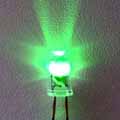
Continue reading “Scalable semipolar gallium nitride templates for high-speed LEDs” »
Jun 2, 2016
A Host of Soon-to-be-Expired Patents are Set to Revolutionize 3D Printing
Posted by Shailesh Prasad in categories: 3D printing, materials
Patents filed on many pre-existing 3D printing processes are about to expire. As this occurs, it will bring on a new era in 3D printing. Machinery and material costs will plummet, and the quality of prints will increase.
An important shift is occurring in the 3D printing world: patents are expiring. Patents filed on pre-existing industrial printing processes, especially those filed at the turn of the century, have already expired or are set to expire in the coming years.
Take, for example, the case of Fused Deposition Modeling (FDM). The patent on FDM expired in 2009. As a result, prices for FDM printers dropped from over $10,000 to less than $1,000, which caused consumer-friendly 3D printer manufacturers– like MakerBot and Ultimaker– to pop up.
Jun 1, 2016
Baking soda ‘sponge’ could capture carbon emissions
Posted by Shailesh Prasad in category: materials
Scientists in California are testing a spongy material made with the key ingredient of baking soda as means of capturing carbon emissions.
May 31, 2016
Finding a New Formula for Concrete
Posted by Karen Hurst in categories: engineering, materials
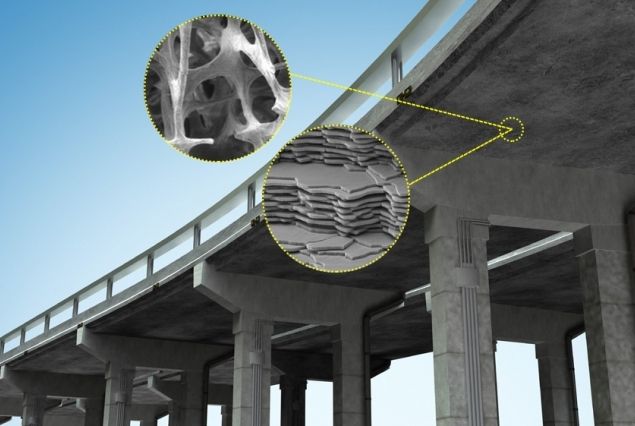 Researchers at MIT are seeking to redesign concrete — the most widely used human-made material in the world — by following nature’s blueprints.
Researchers at MIT are seeking to redesign concrete — the most widely used human-made material in the world — by following nature’s blueprints.
In a paper published online in the journal Construction and Building Materials, the team contrasts cement paste — concrete’s binding ingredient — with the structure and properties of natural materials such as bones, shells, and deep-sea sponges. As the researchers observed, these biological materials are exceptionally strong and durable, thanks in part to their precise assembly of structures at multiple length scales, from the molecular to the macro, or visible, level.
From their observations, the team, led by Oral Buyukozturk, a professor in MIT’s Department of Civil and Environmental Engineering (CEE), proposed a new bioinspired, “bottom-up” approach for designing cement paste.
May 27, 2016
Say ‘Goodbye’ to Cracks, Self-Healing Concrete Has Arrived
Posted by Shailesh Prasad in category: materials
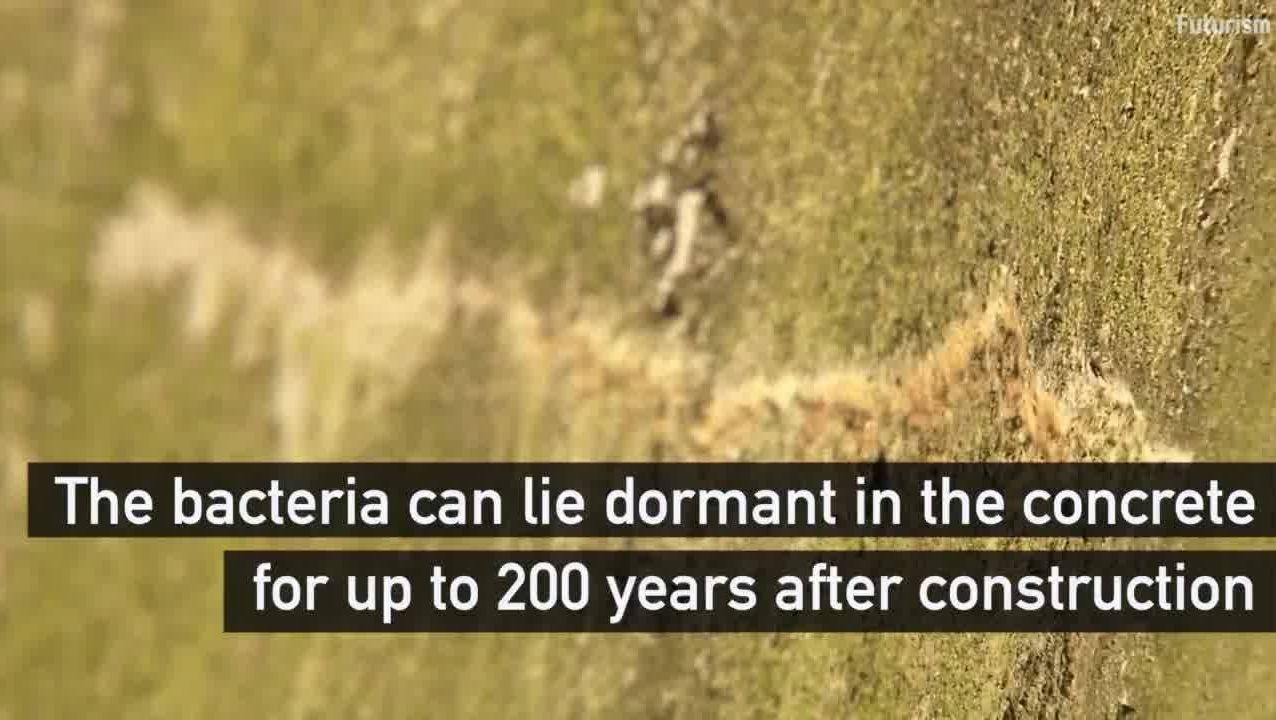
https://www.facebook.com//videos/496701823842355/
Say ‘Goodbye’ to Cracks, Self-Healing Concrete Has Arrived.
